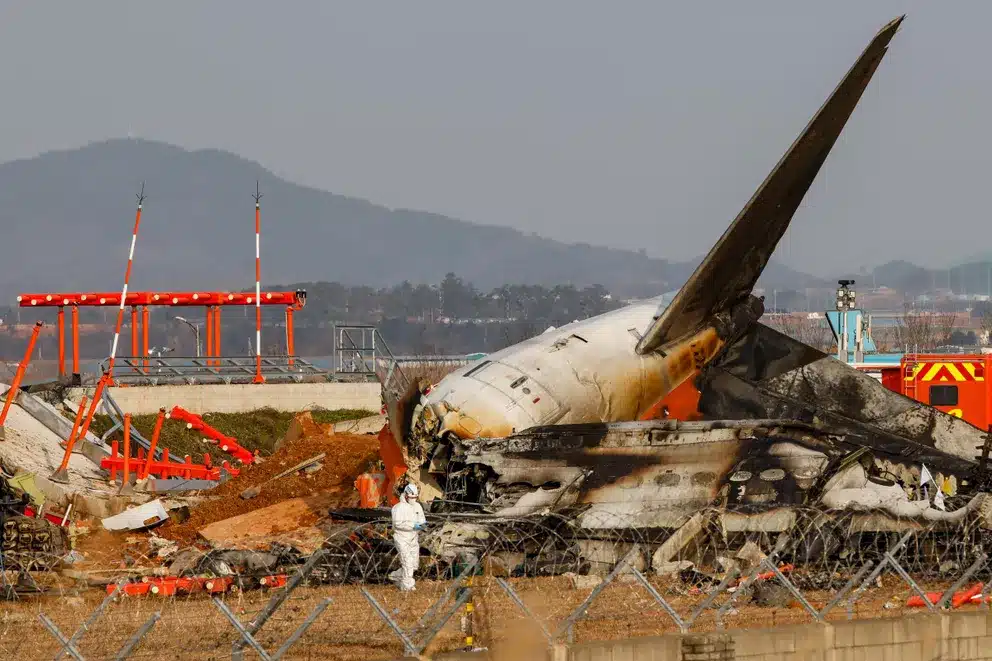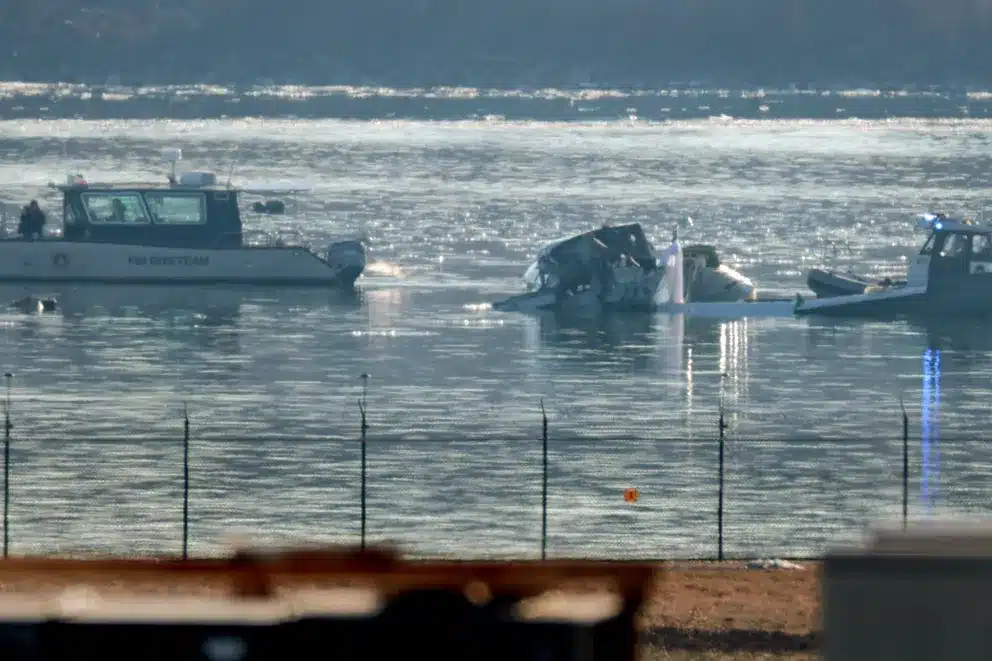The Science of Survival: What Determines Who Makes It Out of a Plane Crash?
In the critical moments of a high-impact crash, survival can depend on a combination of factors—reaction time, seating position, and even preflight awareness. Decades of aviation research and crash simulations have revealed clear patterns in survivability, challenging common misconceptions about who makes it out alive.
Surviving a Plane Crash: More Than Just Luck
Contrary to popular belief, plane crashes are often survivable. Aviation safety expert Ed Galea emphasizes that “the vast majority of aircraft accidents are survivable.” Since 1988, commercial aircraft have been designed to withstand impacts up to 16 times the force of gravity, significantly improving structural integrity during accidents.
The most crucial factor in survival is evacuation speed. In many crashes, fatalities occur due to fire, smoke, or delayed evacuation rather than the impact itself. The Jeju Air incident, where a plane lost an engine and made a belly landing, was considered a survivable accident because there was no catastrophic structural failure. However, in accidents where the aircraft breaks apart—such as the Azerbaijan Airlines crash—survival rates drop dramatically.
Which Seats Offer the Best Survival Odds?
While no two crashes are identical, studies have identified seating positions that increase survival chances. A 35-year analysis of aviation accidents, using data from the Federal Aviation Administration (FAA) Aircraft Accident Database, found:
- 32% fatality rate for passengers in the back third of the plane
- 39% fatality rate in the middle third
- 38% fatality rate in the front third
Further studies pinpointed the safest individual seats as middle seats in the rear (28% fatality rate), while the most dangerous seats were aisle seats in the middle section (44% fatality rate).
A controlled crash test conducted in Mexico with a Boeing 727 confirmed these findings. The test showed that passengers seated in the front suffered the highest fatalities, those near the wings sustained serious but survivable injuries, and those in the rear had the best chances of survival.
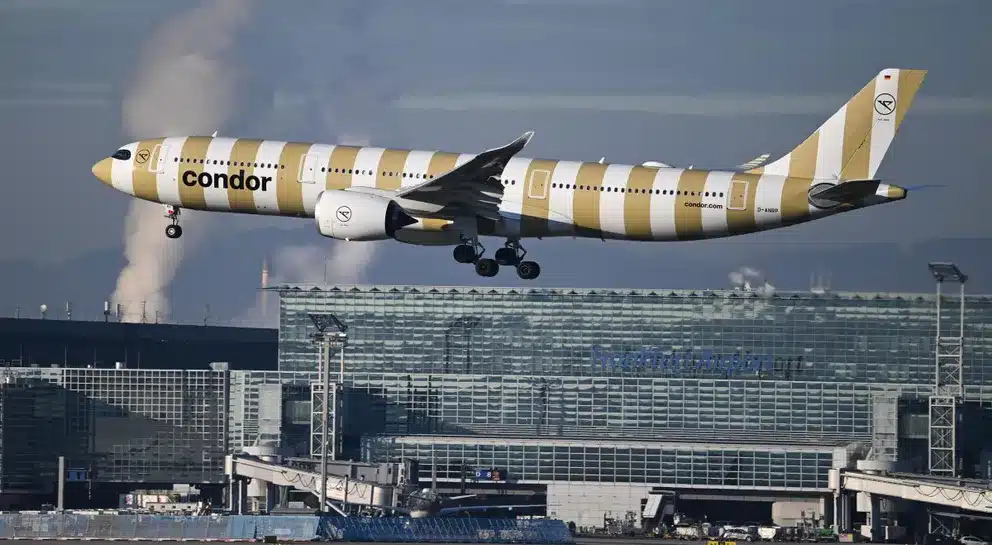
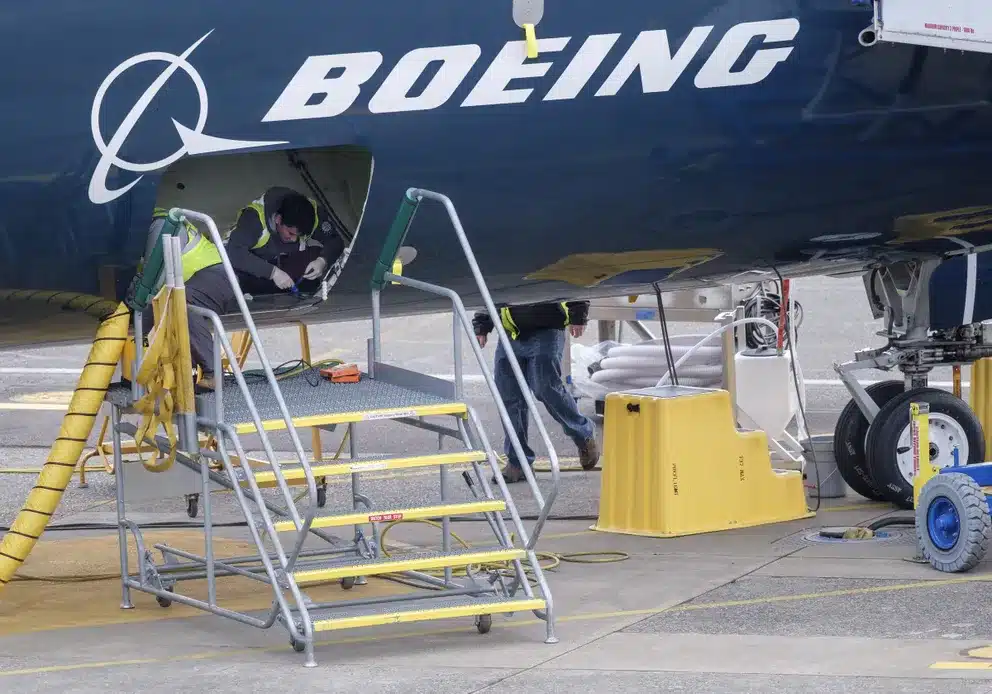
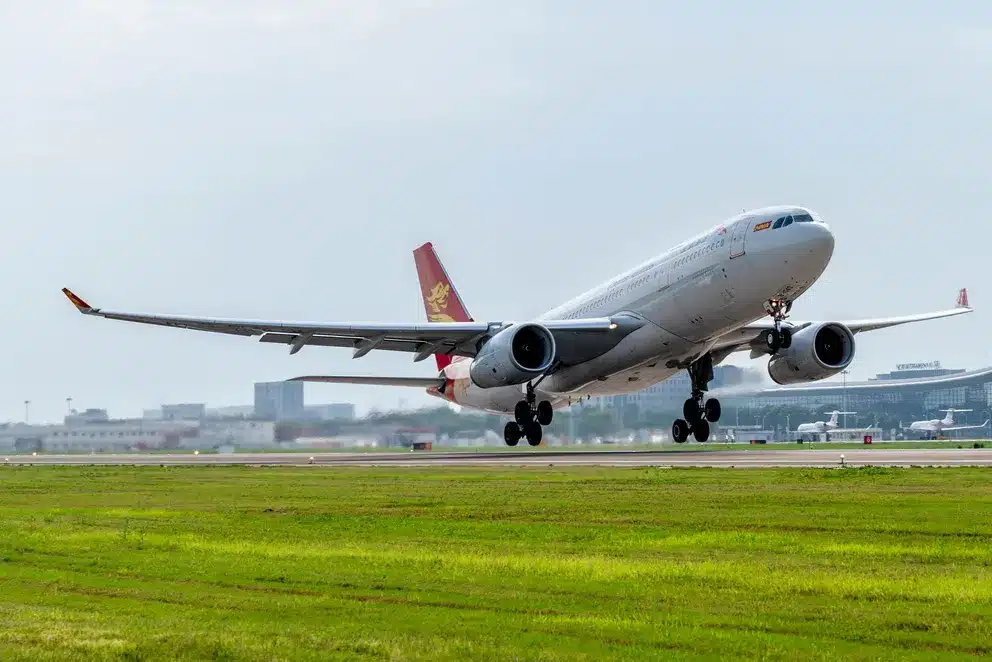
The results have made travelers reconsider their seating choices. As one person noted, “Makes you think twice about getting first-class seats!”
The Importance of Sitting Near an Exit
Where you sit isn’t just about impact protection—it also affects evacuation speed. Galea’s research found that passengers within five rows of an emergency exit have significantly better survival rates.
After impact, fire and smoke spread quickly, making rapid evacuation essential. Modern aircraft materials slow fire progression, but they cannot completely prevent it. The faster a passenger exits, the better their chances.
“Most accidents today are not about a total loss of the airplane,” says Galea. “It’s something else—an engine fire, an undercarriage failure, or a runway overrun. In these cases, every second counts.”
Common Mistakes That Cost Lives
One of the most overlooked survival factors is as simple as releasing a seatbelt. Studies show that passengers often instinctively press a button, as they would in a car, rather than pulling the latch—a mistake that can waste precious seconds in an emergency.
“Most people’s experience with seatbelts comes from cars,” Galea explains. “Many survivors we’ve interviewed reported struggling to unbuckle initially.”
This underscores the importance of preflight safety briefings. Although they may seem routine, knowing how to operate a seatbelt and locate exits can make a life-or-death difference.
“People think if they’re in a crash, that’s it,” Galea says. “But that’s not true. Every second counts.”
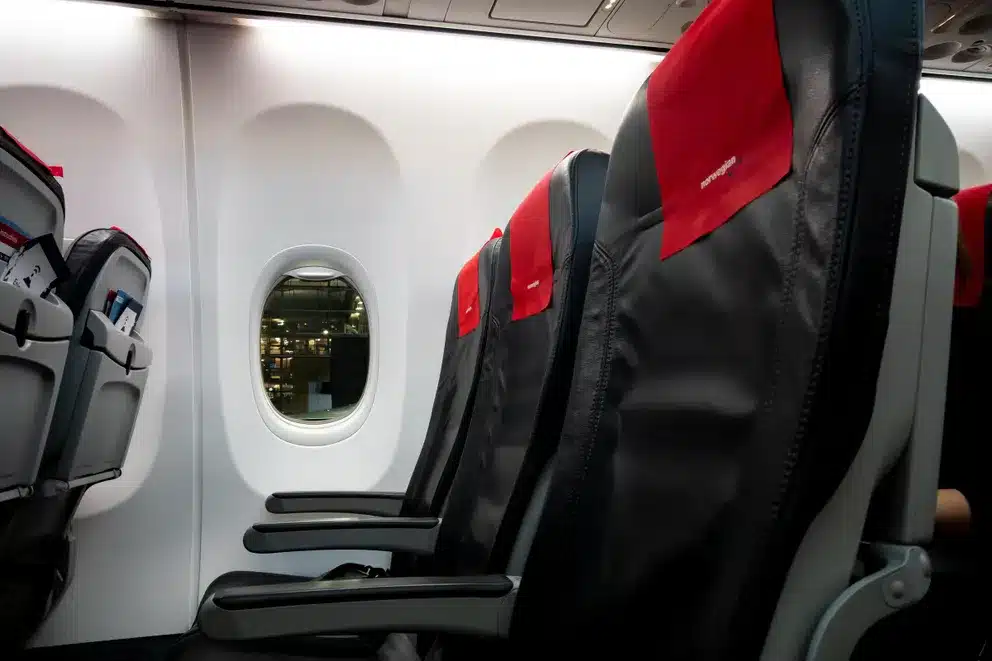

The January 29, 2025, Washington, D.C. Crash
While survival factors are critical, air traffic control decisions and pilot coordination also play a major role in preventing crashes.
The January 29, 2025, midair collision between a U.S. Army Black Hawk helicopter and American Airlines Flight 5342 over Washington, D.C. raised concerns about communication breakdowns between pilots and air traffic controllers.
Investigators noted the following key concerns:
- The Black Hawk crew was instructed to maintain visual separation from Flight 5342, but it’s unclear why this was necessary.
- Washington Tower used separate radio frequencies for helicopters and fixed-wing aircraft, potentially limiting communication between the two pilots.
- Situational awareness between aircraft may have been compromised, preventing evasive action.
Tony Stanton, from Australia’s Civil Aviation Safety Authority, explained that the complexity of Washington’s airspace system may have contributed to the accident. Investigators are now reviewing whether clearer communication could have prevented the crash.
What Passengers Can Do to Improve Survival Chances
Although no seat guarantees survival, research shows that passengers can improve their odds with these key takeaways:
- Choose the right seat – Rear middle seats have the highest survival rates.
- Sit close to an exit – Being within five rows of an emergency exit increases escape time.
- Pay attention to preflight briefings – Knowing how to release a seatbelt and locate exits can save lives.
- React quickly – Hesitation is deadly. In an emergency, evacuate immediately.
Understanding these principles can make the difference between life and death, helping passengers take control in an emergency.
